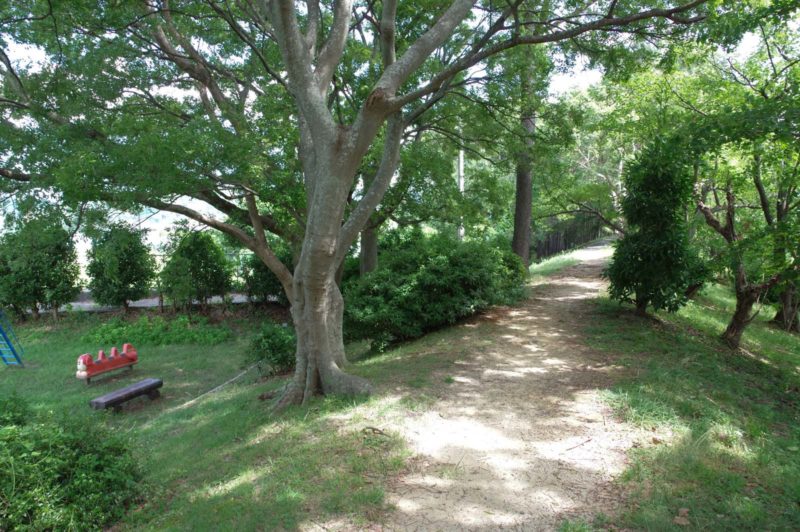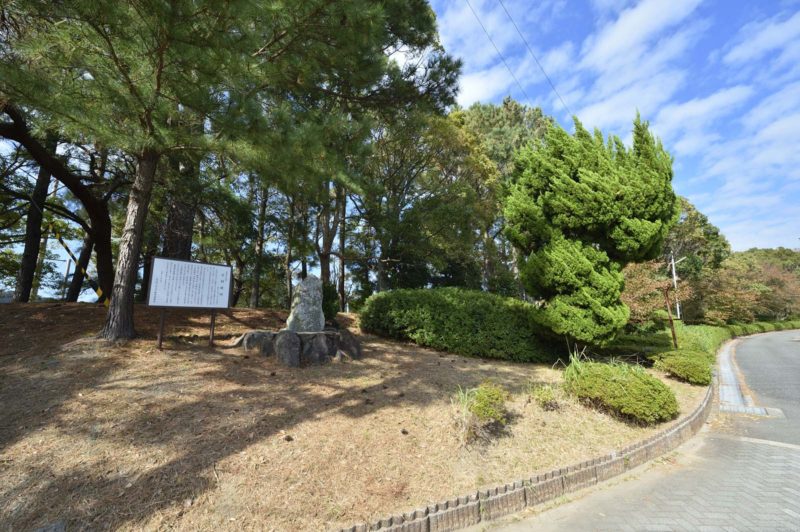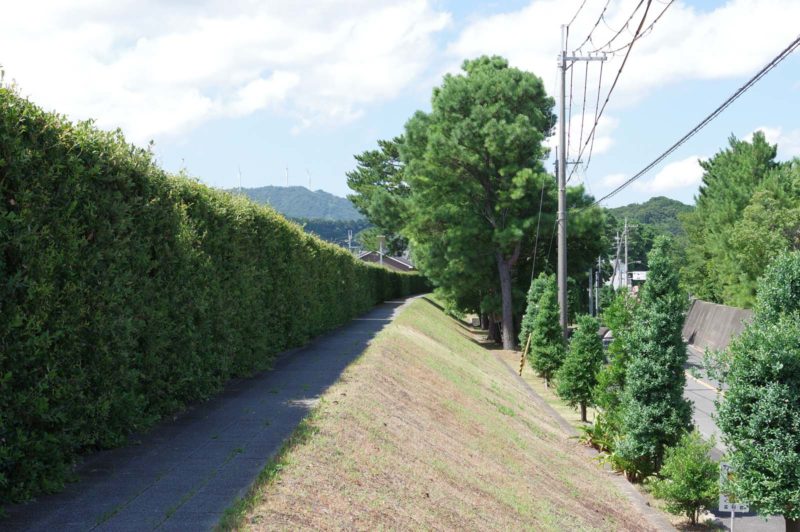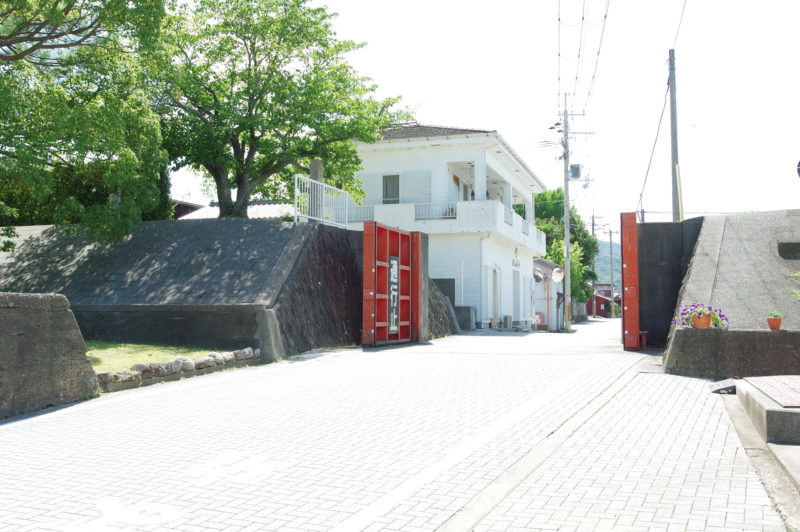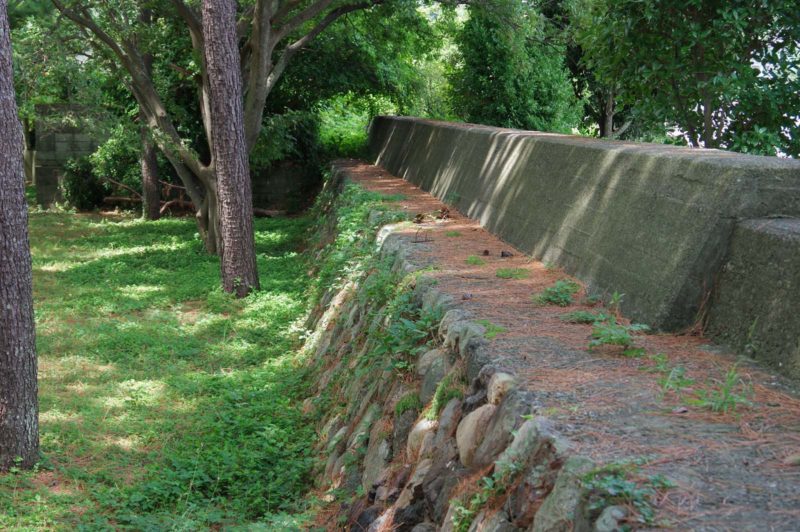After striking by a tsunami in 1854, Hamaguchi Goryo built a seawall which is about 600 meters in length, about 20 meters in base width, and about 5 meters in height with the cooperation of Hamaguchi Kichiemon and others. The seawall is designated as a cultural asset of national historic site. Construction of the seawall started in February 1855 and completed in December 1858. It builds a multiple defense system with the offshore breakwaters and the stone embankment. Goryo threw a private fund of 1,572 ryo and hired a total of 56,736 villagers on a daily basis to stop discretion of people from the village devastated by the damage of the tsunami. The Showa Nankai Earthquake in 1946, as the words left by Goryo that “aiming the relief of the residents and peasants by building the embankment”, it prevented of the inflow of the tsunami to the city area
If you apply at the Inamura-no-Hi no Yakata, you can watch it together with Taikyu-sha and a bronze statue of Hamaguchi Goryo, with the guidance of a storyteller.
■Hamaguchi Goryo’s feat related to this place
-
Inamura-no-Hi
In 1854, the late Edo period, the next day after the Tokai Earthquake occurred, the tsunami caused by the Nankai Earthquake hit Hiromura village (current Hirogawa Town). In this situation, Hamaguchi Goryo set fire to the rice sheaves, and made it a landmark to go up to the hill because he believed that some people do not know the way of escape in the darkness.
- Address
- 1267 Hiro, Hirogawa Town Arida-gun, Wakayama Prefecture Googlemap

